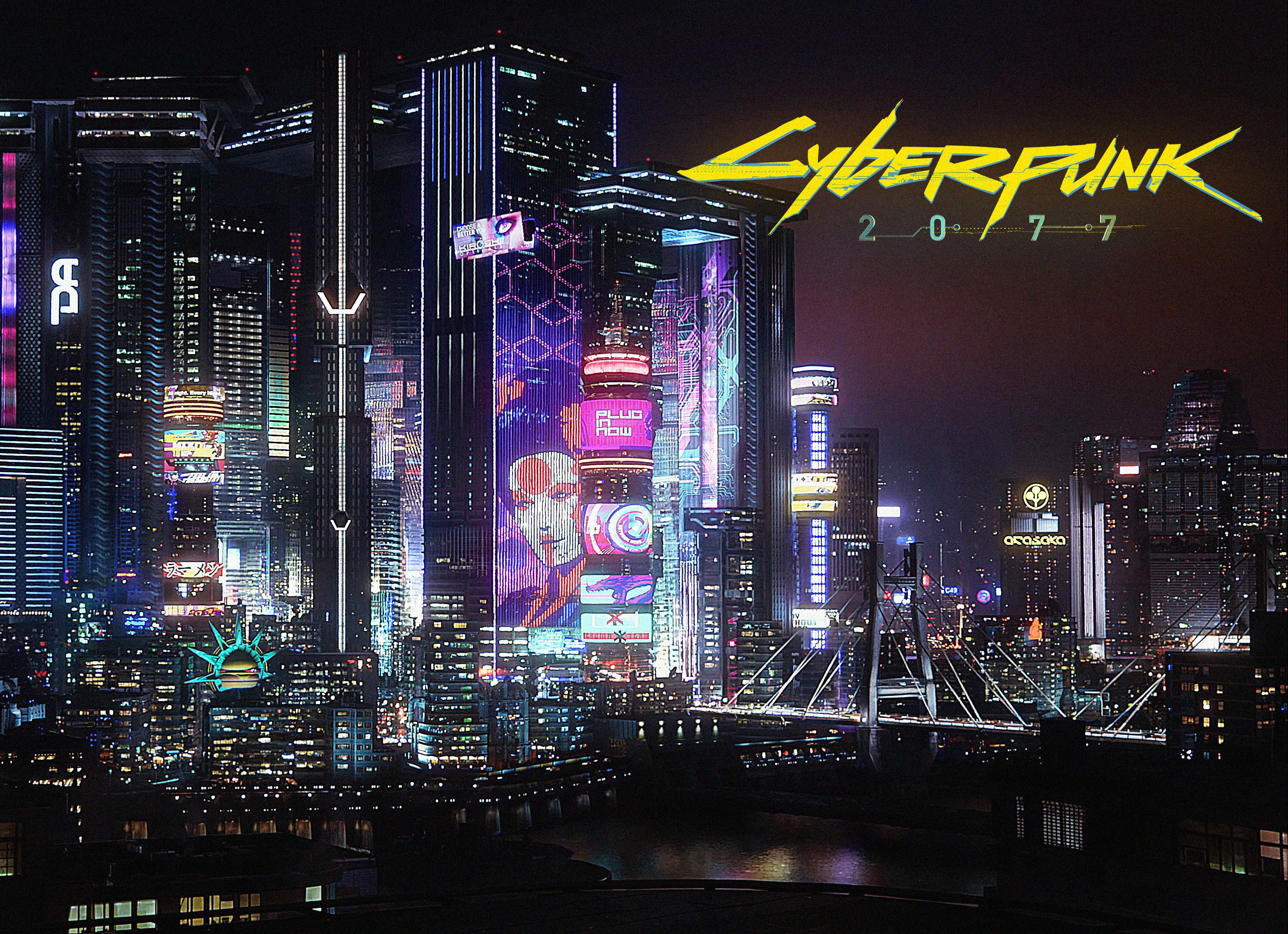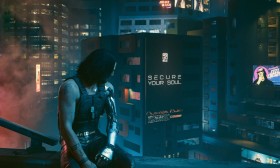Marvel vs. Capcom: Infinite – Crossover Disappointment
When Marvel vs. Capcom: Infinite was announced, fans of the long-running crossover fighting series had every reason to be excited. The franchise had previously delivered high-octane, visually stunning battles that blended Marvel’s iconic superheroes with Capcom’s legendary gaming characters. However, upon release in 2017, Marvel vs. Capcom: Infinite (MVCI) became one of the most divisive entries in the series, criticized for its lackluster presentation, stripped-down mechanics, and questionable roster choices. What should have been a celebration of two pop culture giants instead felt like a rushed, half-hearted attempt to cash in on the Marvel Cinematic Universe’s (MCU) popularity.
A Step Back in Presentation
One of the most immediate and glaring issues with MVCI was its visual downgrade compared to its predecessor, Ultimate Marvel vs. Capcom 3. The shift from the vibrant, comic-book-inspired 2D sprites to a more realistic 3D art style resulted in characters looking stiff and uninspired. While Capcom had successfully transitioned other fighting games like Street Fighter V to 3D, MVCI’s models lacked the polish and personality of previous entries. Many characters, such as Chris Redfield and Captain Marvel, appeared oddly proportioned or lacked the expressive animations that made earlier games so dynamic.
The game’s stages were equally underwhelming. Unlike UMvC3’s dynamic, comic-panel-style backdrops, MVCI’s environments felt static and generic. Even fan-favorite locations like Asgard or the Raccoon City police station failed to capture the energy of the series’ earlier stages. The overall aesthetic felt more like an unfinished beta than a full-fledged sequel.
The Infamous Roster Cuts
Perhaps the most controversial aspect of MVCI was its roster. Due to licensing issues with Fox-owned Marvel properties (such as the X-Men and Fantastic Four), fan-favorite characters like Wolverine, Magneto, and Doctor Doom were entirely absent. This was a massive blow to longtime fans, as the X-Men had been a cornerstone of the series since its inception. Instead, the roster leaned heavily into MCU-friendly characters like Captain Marvel, Black Panther, and Ultron—many of whom felt like corporate mandates rather than organic additions.
Capcom’s side didn’t fare much better. While staples like Ryu and Mega Man returned, the selection felt unbalanced, with odd omissions (no Vergil, no Phoenix Wright) and questionable newcomers (Monster Hunter, Jedah). The lack of fan favorites and the over-reliance on MCU synergy made the roster feel like a missed opportunity for a true celebration of both universes.

Simplified Mechanics: The Infinity Stone System
MVCI introduced the Infinity Stone system, replacing the traditional three-character teams with two-character squads and equippable Infinity Stones that granted unique abilities. While the idea had potential, its execution felt restrictive. The stones often dictated the flow of matches in predictable ways, removing some of the chaotic creativity that defined earlier games. The removal of assists—a staple of the series—further limited team synergy, making matches feel more repetitive.
The game’s overall mechanics were streamlined to appeal to newcomers, but in doing so, MVCI sacrificed much of the depth that made the series beloved by competitive players. Combos felt homogenized, and the lack of unique mechanics (like UMvC3’s X-Factor) made high-level play less exciting to watch.
Story Mode: A Hollow Attempt at MCU-Style Storytelling
Capcom attempted to incorporate a cinematic story mode, clearly inspired by the MCU’s success. Unfortunately, the result was a poorly written, poorly animated mess. The plot—centered on Ultron and Sigma merging into a generic doomsday villain—was forgettable, and the dialogue ranged from cringe-worthy to outright nonsensical. Character interactions, a highlight of past games, were reduced to awkward exchanges that lacked charm.
Worse still, the story mode’s presentation was shockingly low-budget. Cutscenes were stiff, lip-syncing was nonexistent, and the voice acting was inconsistent at best. Compared to NetherRealm Studios’ Injustice 2, which released the same year with a far more polished narrative, MVCI’s story mode felt like an afterthought.
A Short-Lived Competitive Scene
Despite its flaws, MVCI had a small but dedicated competitive community. However, Capcom’s lack of post-launch support quickly killed any momentum. Balance patches were slow, and promised DLC characters (such as Venom and Black Widow) were canceled after the game’s poor reception. By the time Street Fighter V: Arcade Edition and Dragon Ball FighterZ arrived, MVCI was all but abandoned by both players and Capcom.
Conclusion: A Missed Opportunity
Marvel vs. Capcom: Infinite had the potential to be the ultimate crossover fighting game. Instead, it became a cautionary tale about rushed development, corporate interference, and the dangers of sacrificing identity for mass appeal. While it wasn’t entirely without merit—its core gameplay was still fun in short bursts—it failed to live up to the legacy of its predecessors.
For fans of the series, MVCI remains a disappointing footnote in what was once one of fighting games’ most exciting franchises. Here’s hoping that if Capcom and Marvel ever collaborate again, they remember what made the series great in the first place.














